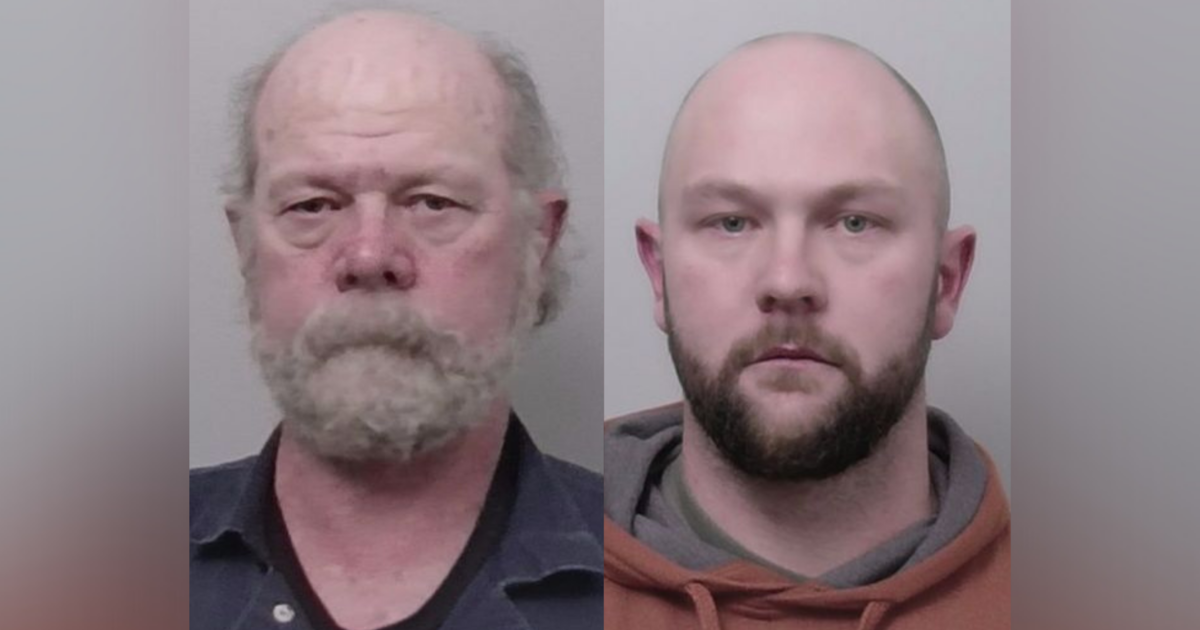Protecting the land with fire: How cultural burning is being restored and shared
SACRAMENTO — The idea of fighting fire with fire has been around for decades. Native American tribes and state fire agencies are bridging the gap to fight climate change and larger wildfires by working together.
Passed down through Native American tribes for centuries, cultural burning is known as a way to treat the land by reintroducing "good fire."
"It is typically led by an elder or cultural practitioner very knowledgeable about fire who will speak about their relationship to fire, the history of fire, history of fire suppression, and why it's important to be bringing the fire back," said Beth Rose Middleton Manning, professor of Native American studies at UC Davis.
The practice focuses on restoring the land with lighter-intensity burns, helping all that live on the land – from small plants and animals – to return after a fire.
"When you are burning, for example, in sourberry or deer grass, you're thinking about the plant, but you're also thinking about the animals, the bugs, the rodents, the deer," Middleton Manning said.
Cultural burning has been suppressed for over a century but is now starting to become more accepted and restored as California faces a climate crisis.
"In the landscape we live in today, it's unavoidable, I think, for people to worry about fire because we live in much of the state [in] landscapes where fire has been suppressed," Middleton Manning said.
Larger fires and smoke-filled years are what many Californians have become familiar with.
"Fire is just kind of a fact of life and it was always really scary," said Deniss Martinez of the UC Davis Environmental and Climate Justice Hub.
Although prescribed burning has helped reduce the size of fires, cultural burning may just be the missing piece.
"There's a lot of ways in which these practices give more people the tools to address climate change and to feel like they are a part of the solution," Martinez said.
These practices would put people on the landscape to help with not only the burns but also the quality of the land and how it will regrow.
"A lot of cultural burners in the past would do their cultural burning without assistance from Cal Fire, and now with these different programs we have in place, we've seen cultural burners come forward and say 'We'd like some assistance, we'd like some help,' " said Len Nielson, Staff Chief of Prescribed Fire and Environmental Protection at Cal Fire.
The goal is that by strengthening the relationships between state agencies and tribes, they can take better care of the land by putting good fire to use and making the land more resilient.
"All perspectives approach where we are talking to each other, learning from each other, and then thinking about what can we do in each area," Middleton Manning said.
Nielson added, "With those relationships will come opportunities to burn more, and when we burn more together, we'll burn better."



